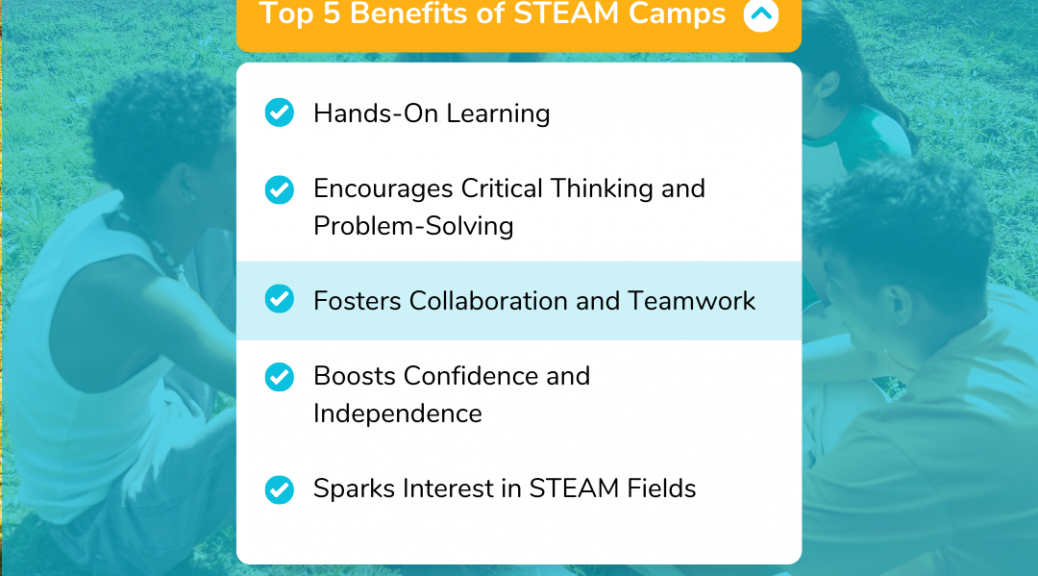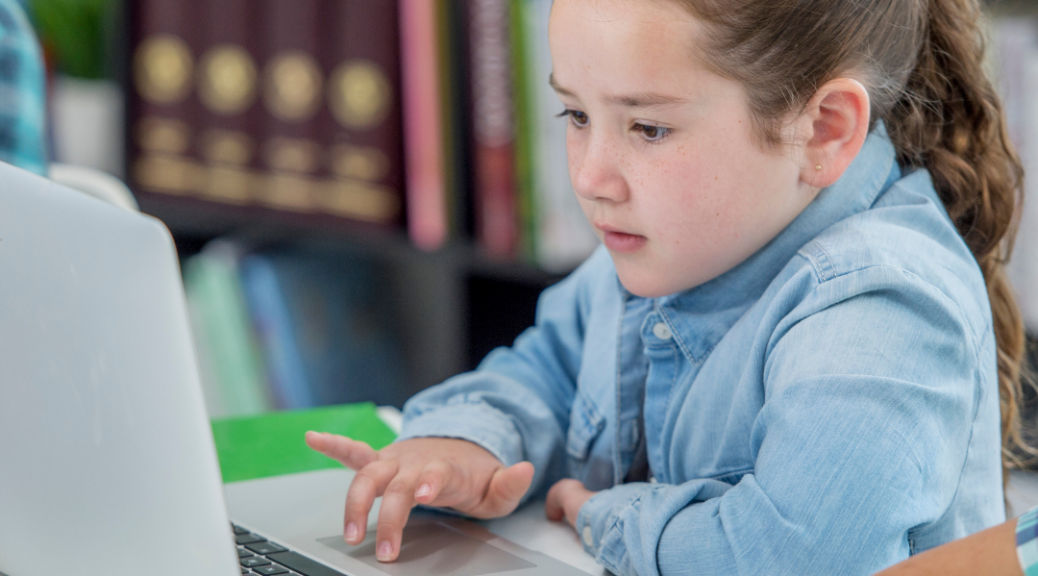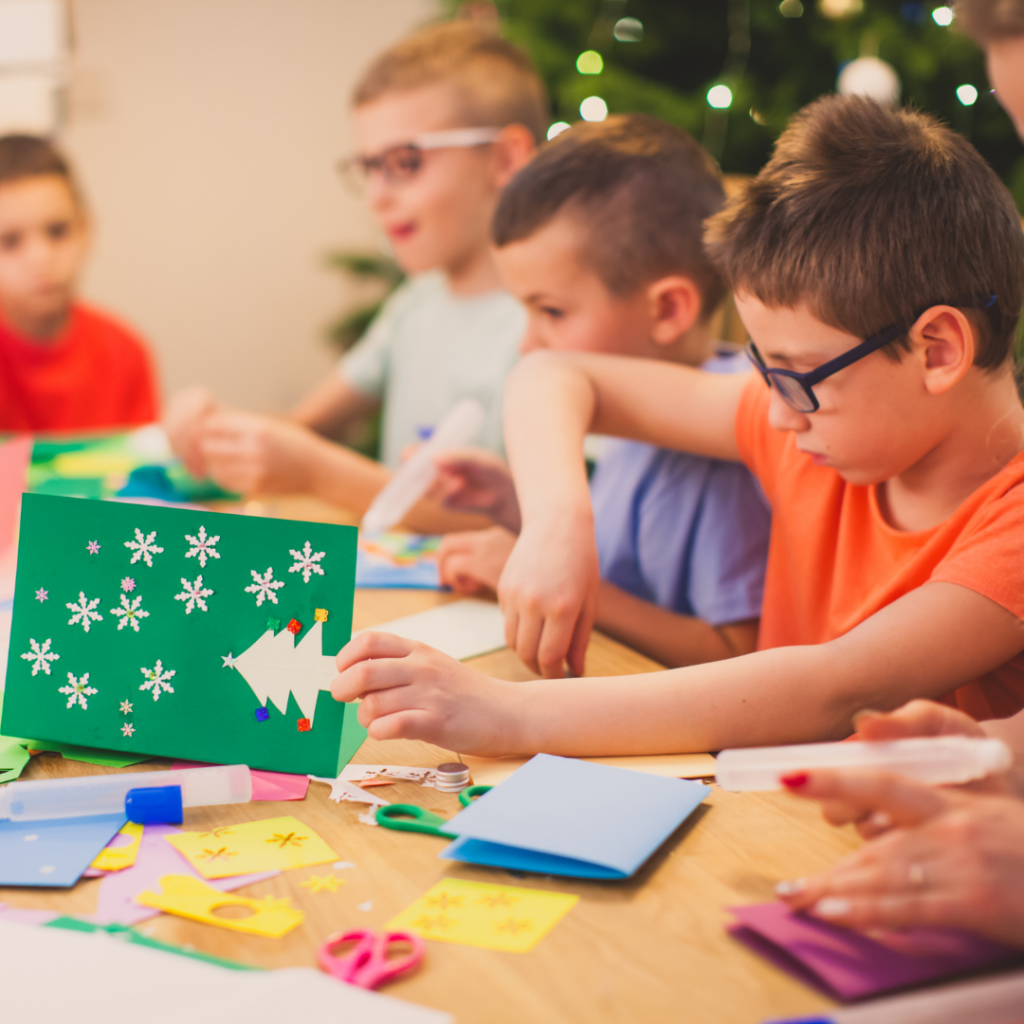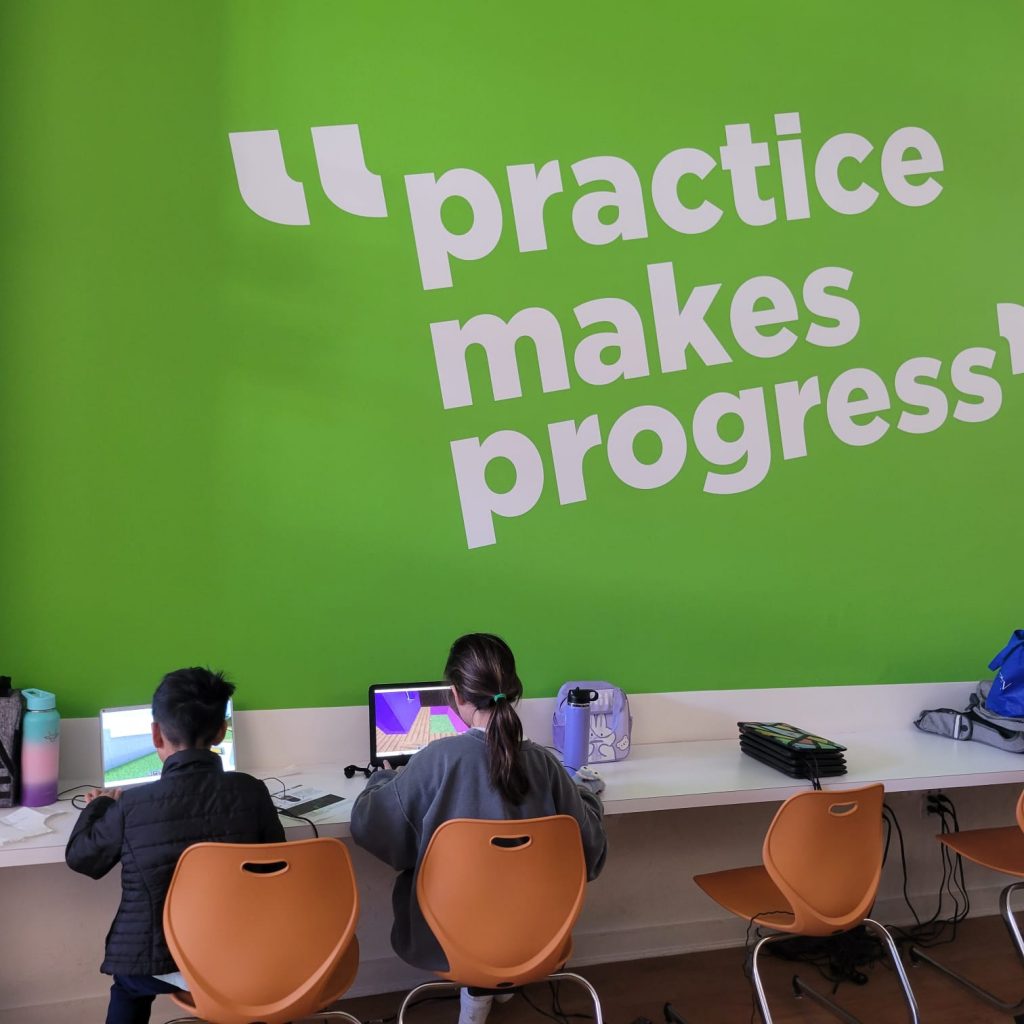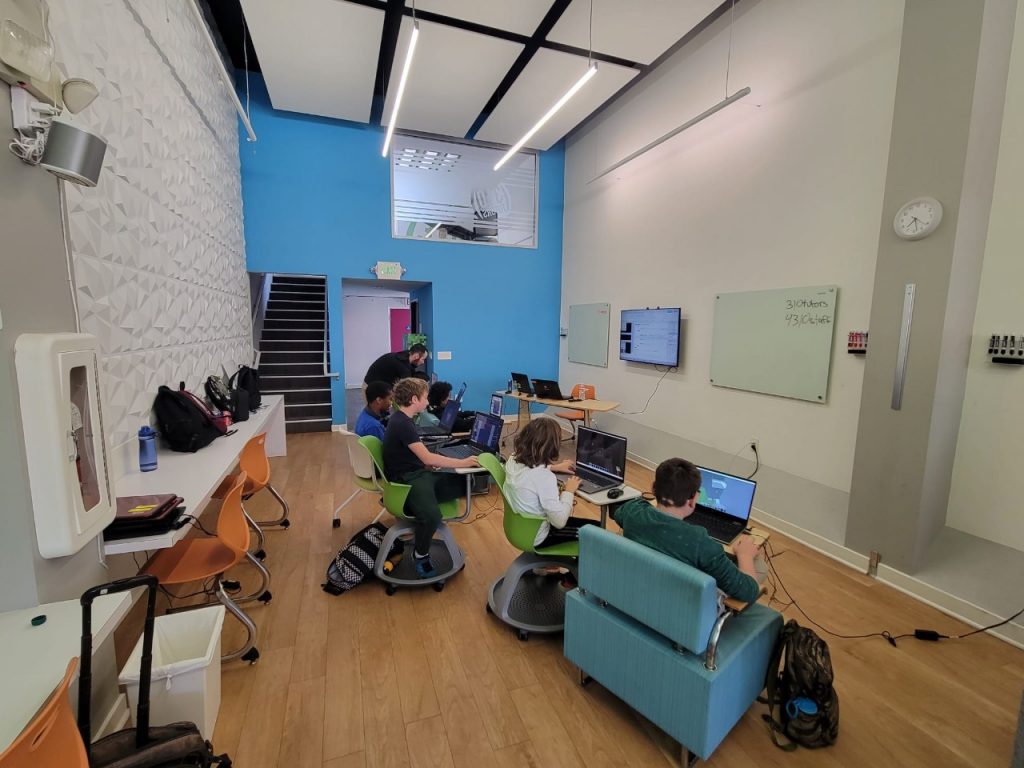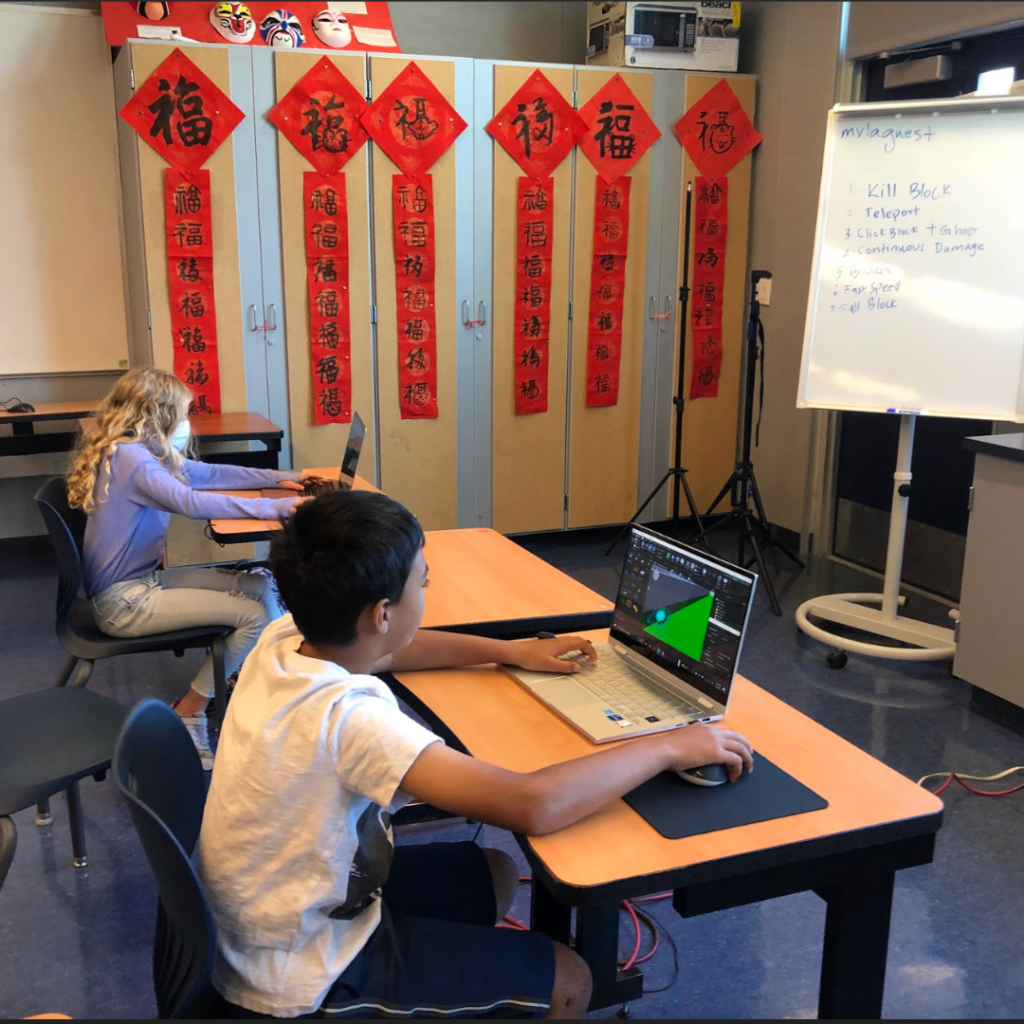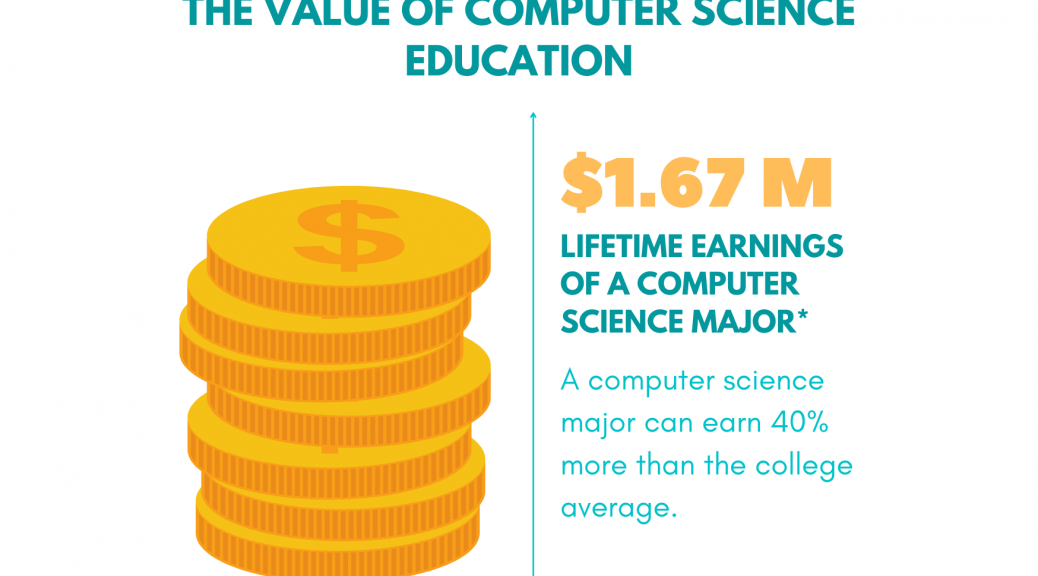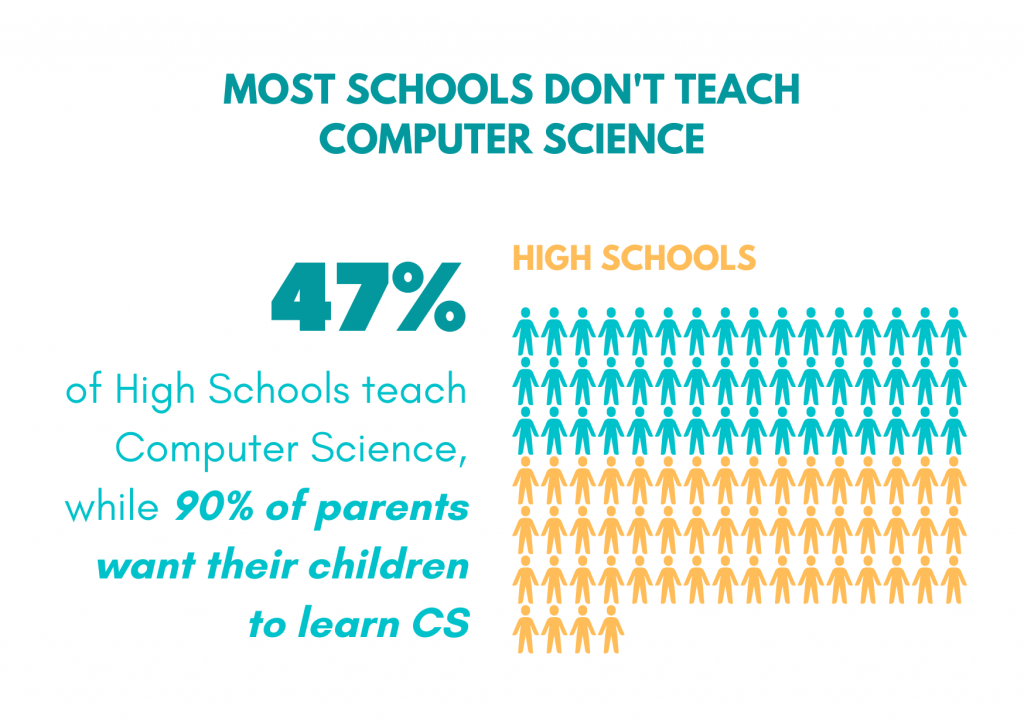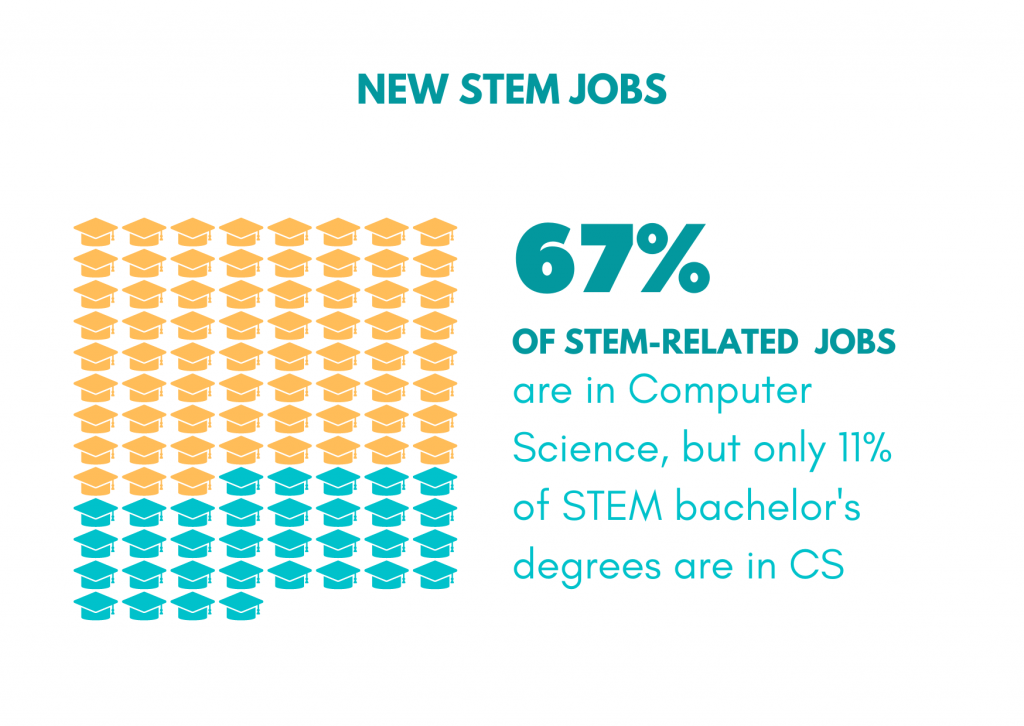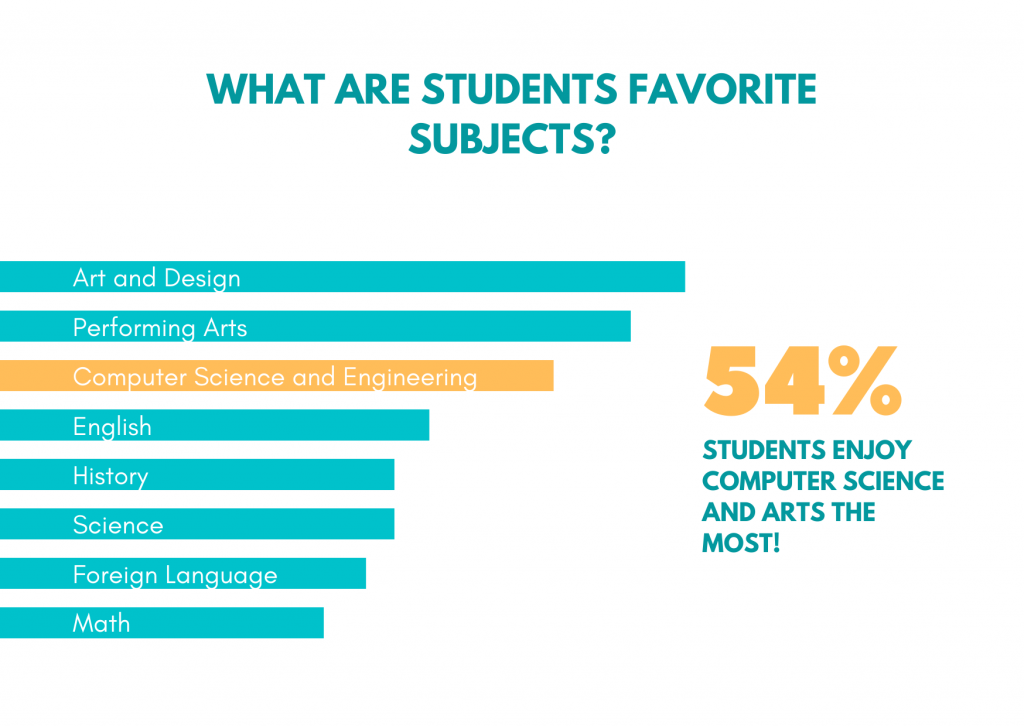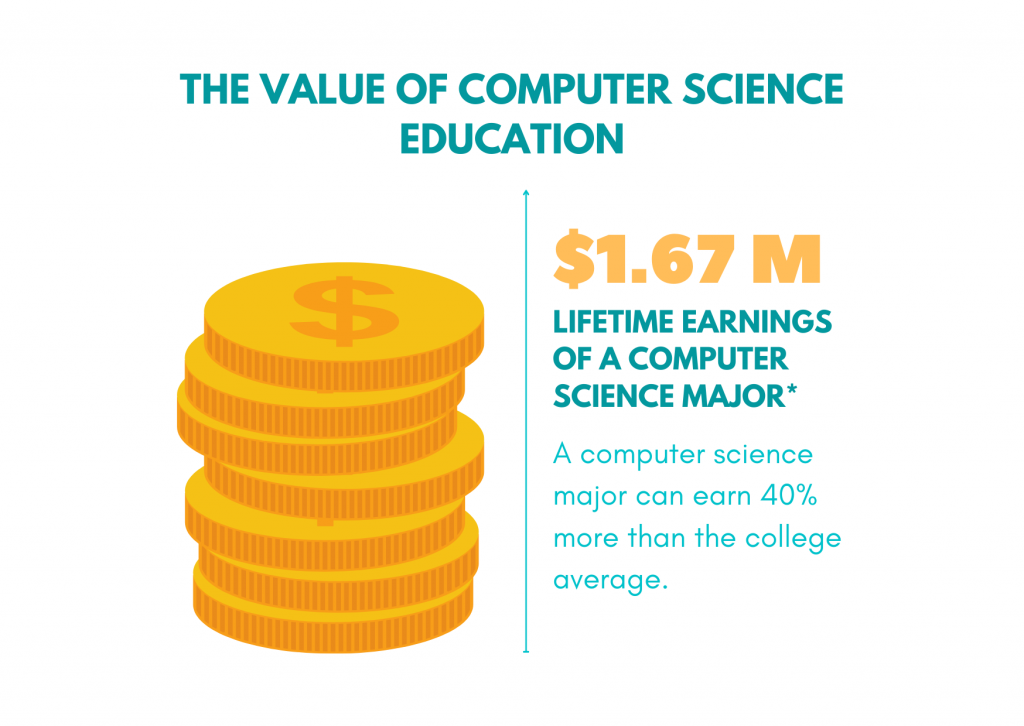In today’s rapidly evolving world, the demand for skills in STEAM education is higher than ever. As parents and educators, it’s crucial to understand the significance of STEAM education and how it prepares our children for the future. Here are some key reasons why STEAM education is essential.

1. Fosters Critical Thinking and Problem-Solving Skills
STEAM education encourages students to think critically and solve complex problems. By engaging in hands-on projects and real-world challenges, children learn to analyze situations, develop hypotheses, and create innovative solutions. These skills are invaluable in any career and everyday life.
2. Encourages Creativity and Innovation
At the heart of STEAM education is the integration of art and design with science and technology. This interdisciplinary approach promotes creativity and innovation, allowing students to explore their artistic talents while developing technical skills. This combination is vital for driving progress and creating new solutions in various fields.
3. Prepares for Future Careers
The job market is increasingly dominated by STEAM-related careers. From software development to engineering and biotechnology, the fastest-growing industries require a solid foundation in STEAM subjects. By introducing children to these fields early on, we equip them with the knowledge and skills needed to succeed in the future workforce.
4. Promotes Collaboration and Teamwork
STEAM projects often involve teamwork, teaching students how to collaborate effectively with others. This experience helps them develop communication and interpersonal skills, which are crucial for success in both professional and personal life. Learning to work together towards a common goal fosters a sense of community and shared purpose.
5. Enhances Digital Literacy
In our digital age, being proficient with technology is no longer optional. STEAM education provides students with the tools and understanding needed to navigate and thrive in a tech-driven world. From coding and robotics to digital art and engineering, these skills are essential for future success.
6. Makes Learning Engaging and Fun
Traditional teaching methods can sometimes fail to capture students’ interest. STEAM education, with its hands-on, project-based approach, makes learning engaging and fun. When students are actively involved in their education, they are more likely to retain information and develop a lifelong love of learning.
7. Builds Confidence and Resilience
Working on STEAM projects often involves trial and error. Students learn that failure is a part of the learning process and that persistence leads to success. This builds confidence and resilience, teaching them to approach challenges with a positive and determined mindset.
Conclusion
The importance of STEAM education cannot be overstated. It equips students with the critical thinking, creativity, and technical skills necessary to thrive in the 21st century. At CodeREV Kids, we are dedicated to providing high-quality STEAM education through our innovative programs and camps. Explore our offerings and see how we can help your child unlock their full potential and prepare for a bright future!
